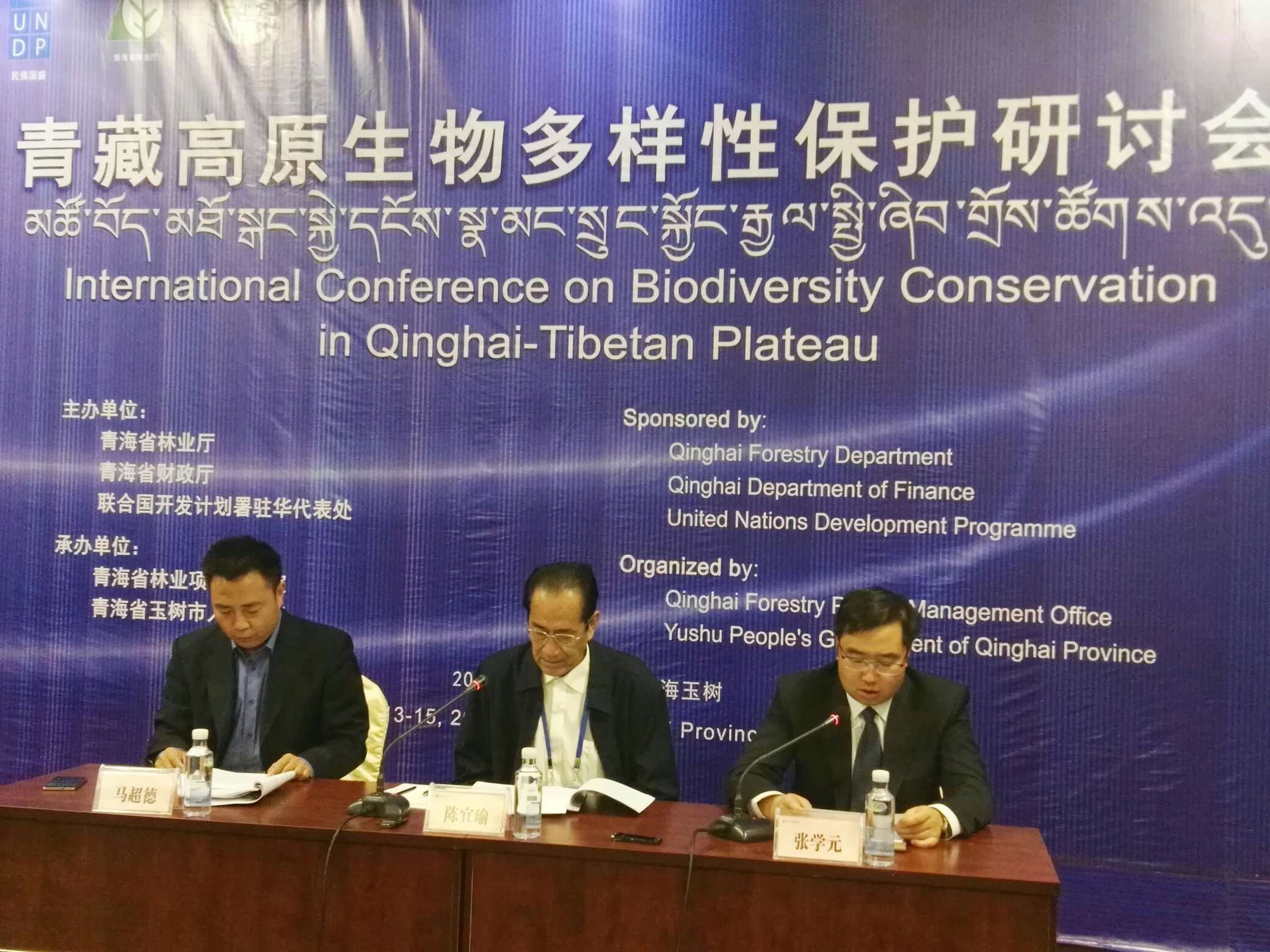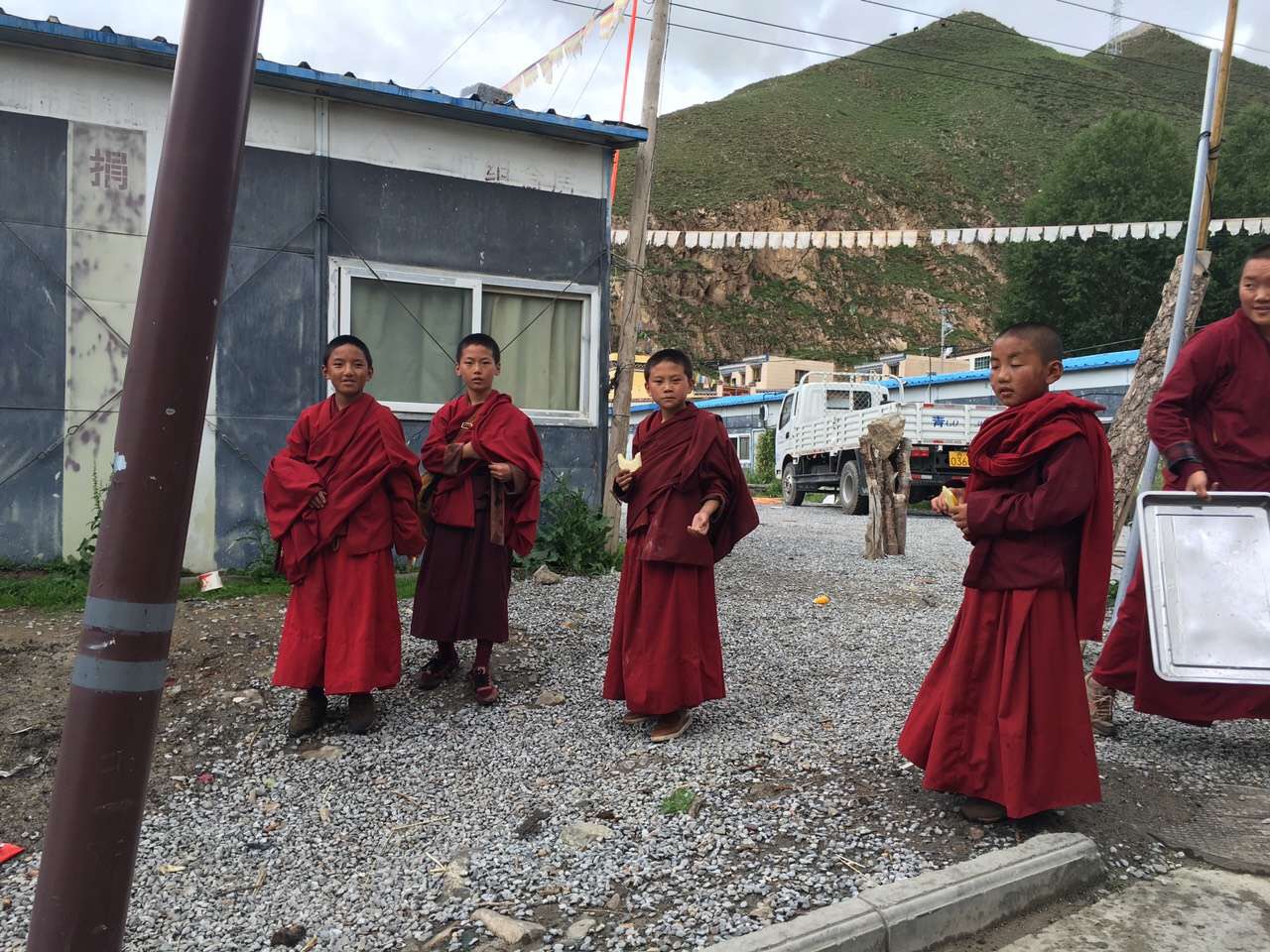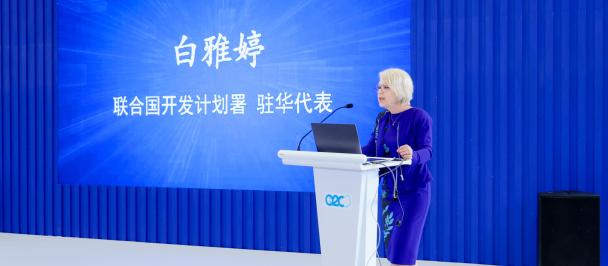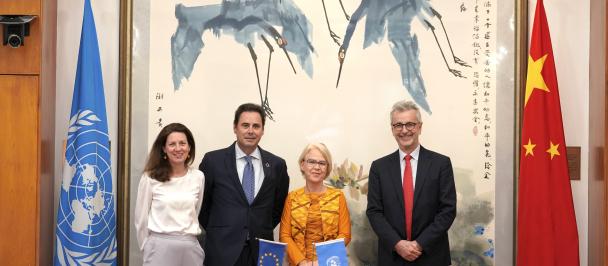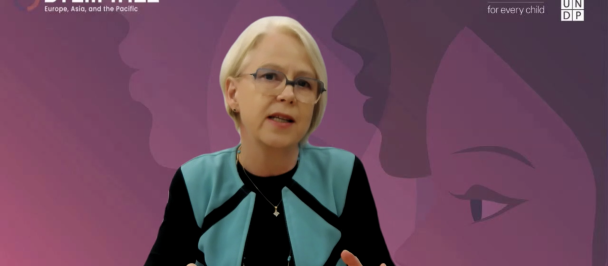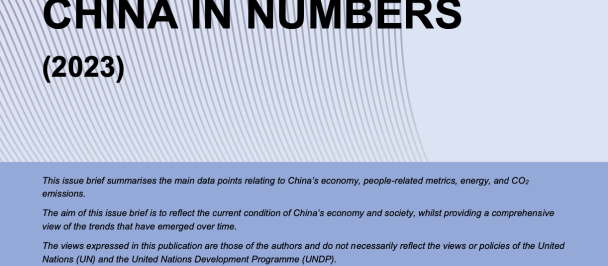Ma Chaode, UNDP Programme manager , Mr Chen Yiyu, Academician of Chinese Academy of Sciences and Mr.Zhang Xueyuan, Qinghai Project Director (left to Right)
(Originally published on 07/18/2016)
July 13, Yushu—The International Conference on Biodiversity Conservation in Qinghai-Tibet Plateau was held in Yushu, Qinghai Province during July 13th - 14th. Together with Qinghai Provincial Forestry Department and Qinghai Provincial Financial Department, the United Nations Development Programme (UNDP) China co-sponsored this 2-days event to facilitate the discussion and knowledge sharing on biodiversity conservation in Qinghai-Tibet Plateau and to establish effective coordination mechanism among all the conservation forces in this area.
The Qinghai-Tibet Plateau is the highest, largest and youngest plateau in the world. Known as the “Third Pole”, it is the origins of many important rivers in the Asia including the Yellow River, Yangtze River, and Mekong River. With its unique grassland, mountains, forests and wetlands, Qinghai-Tibet possesses the greatest biological diversity among all the high-latitude areas on earth. It is home to many precious wildlife species, including the wild Yak, Kiang, Przewalski's gazelle, and snow leopard.
With the social and economic development activities that have been carried out in Qinghai-Tibet Plateau, alongside the global climate change, the soundness of the natural environment as well as the wildlife in this area have been under various threats. This Conference, therefore, aimed to provide an interacting platform for different agencies and organizations that have been working on the biodiversity and environment conservation in this area, with the goal to establish the Qinghai-Tibet Plateau Biodiversity Protection Network.
Representatives from research institutes, government agencies as well as civil society presented their studies and conservation results under the 6 themes in the conference, which including the Community Participation in Biodiversity Conservation in Qinghai-Tibet Plateau, one of the key working area of the UNDP-Global Environment Facility Strengthening the effectiveness of the protected area system in Qinghai Province for Biodiversity Conservation Project (hereby referred as UNDP-GEF Qinghai Project).
“With such great width of the Qinghai-Tibet Plateau and limited protection staff, it is crucial to utilize the community co-management model to manage and protect the wildlife,” said Liu Yanlin, Postdoctoral Researcher from Chinese Academy of Forestry Sciences. He mentioned that as China has not established the population-number based wildlife management system, for now evaluation based on “traditional and local knowledge from the local community” would help people working on the wildlife protection and management make faster and effective decisions.
Partnering with UNDP since 2007, Qinghai province has been exploring new ways of protected area management. As a first endeavor, the UNDP EU-China Biodiversity Programme set up small grants and conservation agreements with communities as incentives to help reduce the threats from hunting, farming and herding in reserves while engaging them so they could still learn how to reduce the threats of biodiversity. To further promote community engagement, the UNDP-GEF Qinghai project established 12 community co-management pilot sites in the Sanjiangyuan National Nature Reserve (SNNR) since August 2013.
In his presentation, Fan Longqing, the Project Manager of the UNDP-GEF Qinghai Biodiversity Project noted that “the participation of local herdsman into the biodiversity conservation increases the conservation efficiency and greatly reduces the cost”. He also mentioned that the successful implementation of community co-management mechanism must be based on the clear policy support from the government, local recognition, and strong co-management committee to implement such mechanism as well as sustainable financial sources.
Patrick Haverman, Deputy Country Director of UNDP China, provided recommendations to address challenges faced by biodiversity conservation in Qinghai-Tibet Plateau in his opening remark. He emphasized the importance of mainstreaming eco-civilization into governmental policies to formulate the biodiversity and ecosystem conservation strategy, innovation both from mechanism and technical perspectives should be embedded approach for our future actions, as well as the participation of all key stakeholders into the protection actions.
UNDP, with the support from GEF, has been implementing the Qinghai Biodiversity project since 2012 together with Qinghai Provincial Government. The project aims to strengthen Qinghai’s systemic, institutional and operational capacity in biodiversity conservation, with the goal to significantly reduce the threats to biodiversity from incompatible development projects, increase the management effectiveness as well as increased financial sustainability of the protected areas systems in Qinghai.

 Locations
Locations